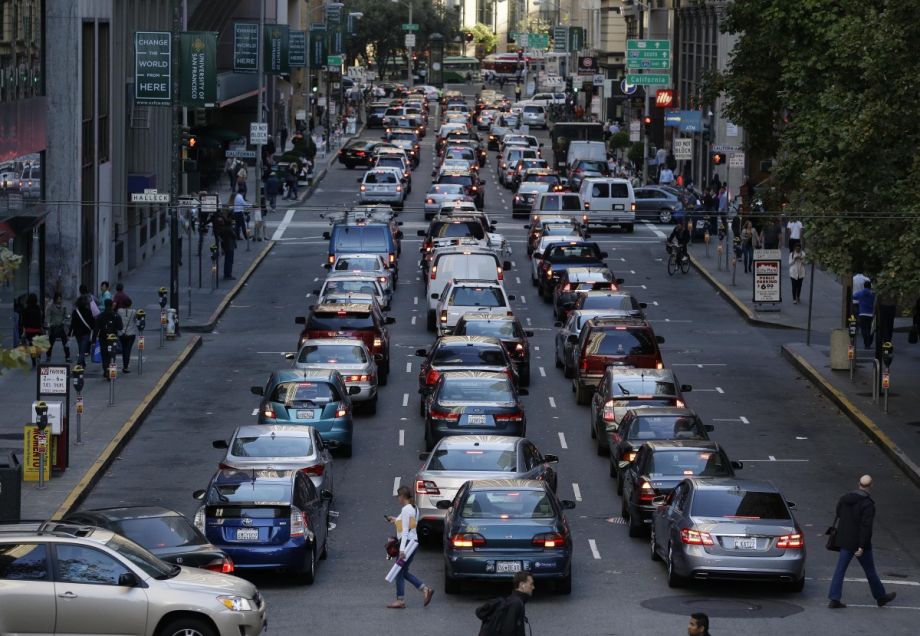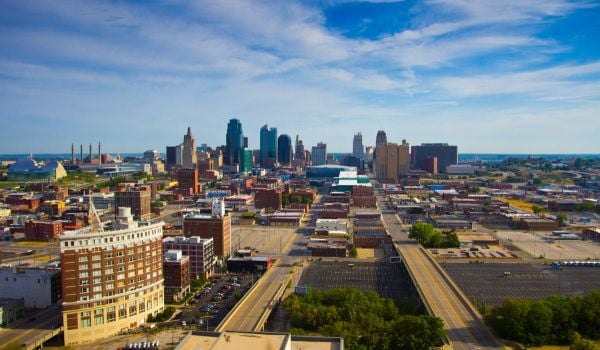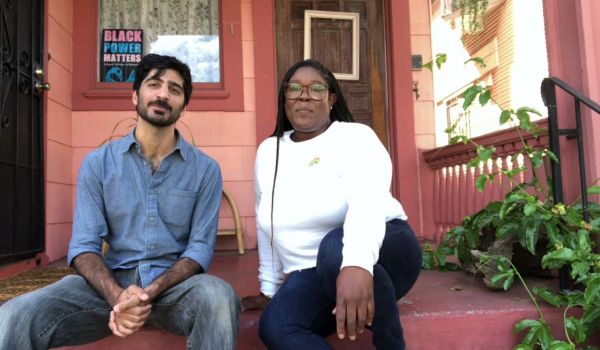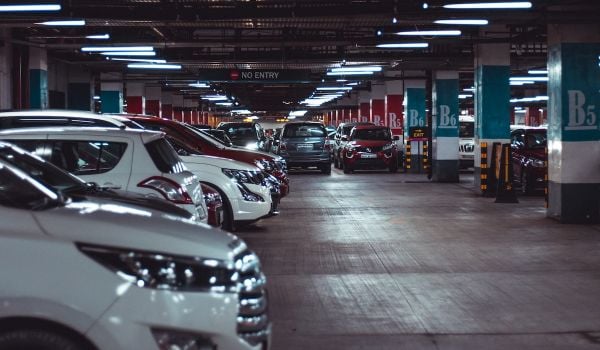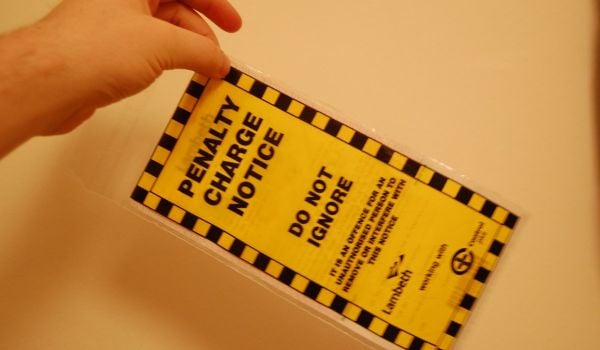Saying that Bay Area real estate is expensive is like saying the sky is blue. But while rent-bled residents (like myself) generally understand the basic factors behind this now-obvious statement — balmy winters; shortages of developable land; gentrification fueled by companies with so much cash they rent wave machines for office parties — one contributor hidden in plain sight is the high cost of parking. Lots and garages, especially for multifamily housing, can actually drive up prices twofold; first, they take up already expensive space and then, with a smaller supply of land overall, costs spike even more.
Oakland-based non-profit TransForm wants to cut down this pricey — but often required by city code — piece of the development process. Through a new database launching today, it aims to show that, despite their central place in both zoning code and development plans, parking structures in Northern California’s urban core are actually underutilized as residents drive less. (Disclosure: TransForm has received funding from the Ford and Knight foundations, both of which fund Next City.)
The tool, called the GreenTrip Parking Database, overlays multifamily housing data on Google Maps, focusing primarily on high-growth areas like the East and South Bay. With over 65 complexes shown, users can filter information into sub-categories (to find only buildings with a certain number of units, say, or only buildings located in a certain city). Each tailored search brings up a page with parking information: the number of spaces allotted per unit, the number of spaces actually being used and then, most significantly, the cost of that unused space.
The search also generates a total. For example, in a draft on TransForm’s website, a search filtered for senior housing of 50-199 units shows that about 100 acres of parking space is not being used by residents — a waste of about $11 million in construction costs.
Cost data came initially from the Victoria Transport Policy Institute. But because Bay Area real estate is so pricey, TransForm added to those numbers, estimating $20,000 for a surface space, $50,000 for a garage space and a whopping $80,000 for an underground garage space. Spaces in wealthy enclaves like Walnut Creek probably run even higher, says GreenTrip Program Director Ann Cheng.
Information about unused parking, meanwhile, came first from detailed forms filled out by multifamily housing staff. GreenTrip’s data collectors then verified those numbers, going to each complex and counting unused spaces between midnight and 5 a.m.
Cheng says the company’s goal is for everyone involved in the planning process — from neighbors and community leaders to developers, lenders and bankers — to access “do-it-yourself parking studies.”
“Especially in the Bay Area, decisions over land use come through local government,” she says. “It’s a very bottom-up process where the squeaky wheel often gets the grease.”
If these “squeaky wheels” can actually see real data about underutilized parking, perhaps car-centric building codes will become more transit-oriented, Cheng says.
With user-friendliness as its goal, it must be said that the tool takes some getting used to. Cheng showed me a preview on Tuesday, and even though I’d read about it beforehand, I was overwhelmed by the many sub-categories. But once you get the hang of filtering and re-filtering (and re-filtering!), the results, particularly the acreage and cost of unused parking, are arresting.
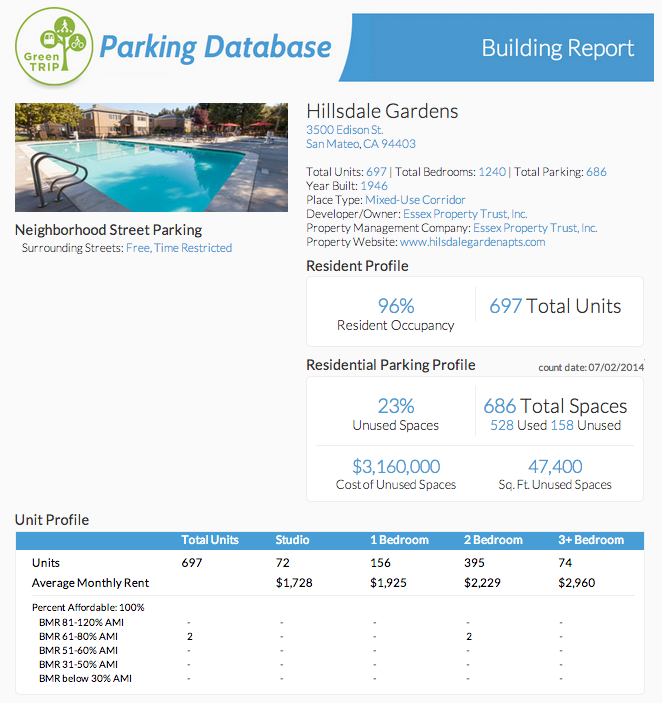
(Source: GreenTrip database)
Initially, I was also skeptical because the selection of housing doesn’t paint a perfect picture of apartments and condos everywhere in the Bay Area. Many of them are affordable (and thus required to be built close to public transportation), and only complexes within one-fourth of a mile of bus transit stops were considered by TransForm. But actually, this is part of the tool’s point — to show how alternative transportation impacts car ownership.
Changing city code to cut down on parking requirements is a lofty and necessary goal. Cheng gives an example from suburban Walnut Creek, where developers wanting to provide less parking than city code allowed — even if it wouldn’t all be used — were actually acting illegally.
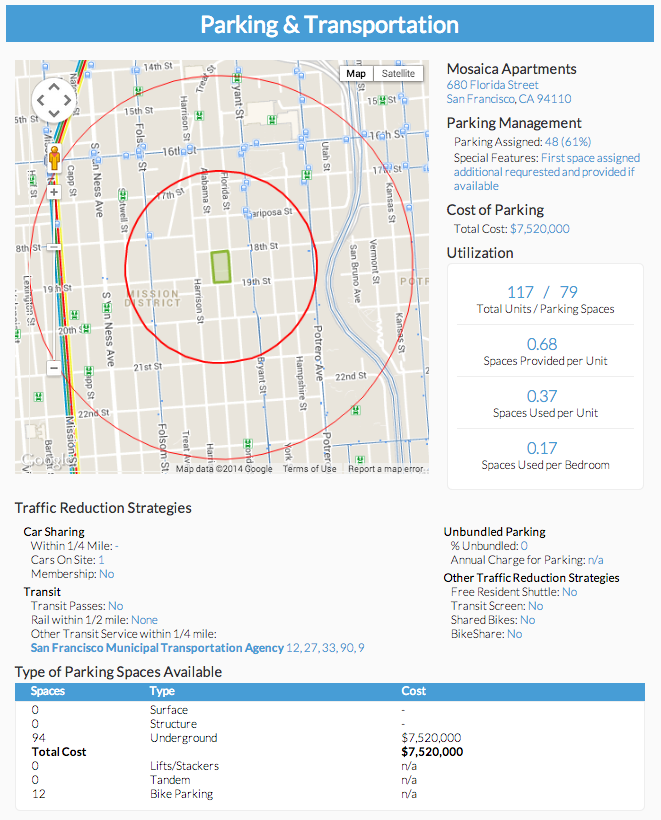
(Source: GreenTrip database)
Still, it’s not the only way to decrease costly parking space, says San Jose Senior Planner Michael Brilliot. In San Jose, parking designations vary by district and type of housing, and were initially written for the post-WWII years of auto-oriented building when the city itself boomed. But now, planners are not wed to them, Brilliot says. Potential residents on the other hand — and the market investors studying them — still are.
Developers, he says, “aren’t putting parking in because the code says so, it’s because they want to sell and rent units.”
“Nobody will invest if they don’t have enough parking,” he continues. “Pressure comes from the market — from Wall Street and New York.”
And those investors study the general public.
“Go to any meeting and you hear ‘traffic, parking, traffic, parking,’” Brilliot says. “People think it’s in the constitution that they get a parking space even if there’s plenty of parking.”
But Brilliot sees potential for change through the GreenTrip database, especially where it outlines market-rate housing. For affordable projects, developers are less likely to build as much parking anyway because it costs so much, he says. But market-rate is where New York and Wall Street are looking, so if the tool can actively show people driving less — and squeaky wheels can show up at meetings to change the conversation — those financiers might just listen.
Bay Area real estate will still be expensive and the sky will still be blue. But hopefully, over time, less of it will be eaten up by parking lots where no one parks.

Rachel Dovey is an award-winning freelance writer and former USC Annenberg fellow living at the northern tip of California’s Bay Area. She writes about infrastructure, water and climate change and has been published by Bust, Wired, Paste, SF Weekly, the East Bay Express and the North Bay Bohemian
Follow Rachel .(JavaScript must be enabled to view this email address)

